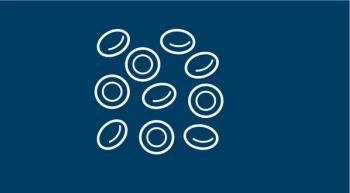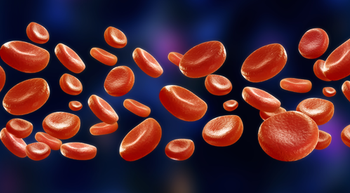
Screening for Pain and Depression is Not Enough in Cancer Care
Investigators reflect on the Oncology Care Model and its implications.
Despite significant improvements in pain and depression screening rates among oncology practices participating in the Oncology Care Model (OCM), patient experiences with receiving emotional care and pain management did not improve accordingly with the model.
According to Sean R. McClellan, PhD, who presented on these findings during the 2023 ASCO Quality Care Symposium, additional efforts are needed in cancer care to ensure that screening leads to meaningful symptom management strategies.
“Practices achieved real improvements in assessing and managing pain,” McClellan, a senior associate at Abt Associates said, “Nonetheless, when you look at the patient-reported outcomes, there is still room for improvement.”
Between the second and ninth performance periods (PPs) in the model, OCM practices increased their rate of depression screening and follow-up from 57% to 82%, representing a 25-percentage point improvement (P < .05). Between these PPs, high pain assessment and pain management rates were also reported by the practices. The rates for assessment and management improved from 80% in PP2 to 93% in PP9, resulting in an improvement of 13 percentage points (P < .05).
According to the practice-reported outcomes, most practices were successful in assessing and managing their patient’s pain throughout treatment. However, the patient-reported outcomes suggested that approximately 25% of OCM patients experiencing pain felt that their health care team did not try to help them manage their pain.
At the same time, slightly fewer patients reported pain and emotional symptoms in the first place. Symptoms declined at a rate of 0.1% per quarter (P < .05). Yet, the proportion of patients experiencing pain who felt that their care team “definitely” tried to help them declined over time, at a rate of 0.2% per quarter (P < .05).
The Oncology Care Model
As McClellan explained, the Centers for Medicare & Medicaid Services implemented the OCM over a period of 6 years (2016 to 2022) and included 2 types of financial incentives—monthly enhanced oncology services (MEOS) payments and performance-based payments. The MEOS payment were designed to support care transformation; practices could earn the performance payment by meeting certain quality and spending goals.
Five measures were used to quantify the success of the OCM, and 2 of these measures were pain and depression.
Study Methods
The 2 focal points of this particular OCM evaluation were pain and depression; investigators used 2 data sources to evaluate these metrics. First, the OCM practices themselves reported on these measures twice yearly.
Investigators also queried about pain and depression by surveying Medicare fee-for-service patients on a quarterly basis. The data collection occurred between January 2017 and June 2021 and included OCM episodes that happened between April 2016 and December 2020. In total, surveys were completed by 179,445 respondents.
Patients were asked to answer if they were bothered by symptoms (pain and anxiety/depression) as well as whether their cancer providers tried to intervene and manage their pain or anxiety/depression.
McClellan concluded by noting that findings from the study could have been impacted by certain limitations. Specifically, the data for screening and managing pain and depression were self-reported, survey respondents may have had different experiences from non-respondents, and recall bias could impact the accuracy of survey respondents’ answers.
Reference
McClellan S. Do OCM-related increases in screening for depression and pain improve patient-reported symptoms? Presented at: ASCO Quality Care Symposium. October 27-28, 2023; Boston, MA.
Newsletter
Knowledge is power. Don’t miss the most recent breakthroughs in cancer care.

















































































